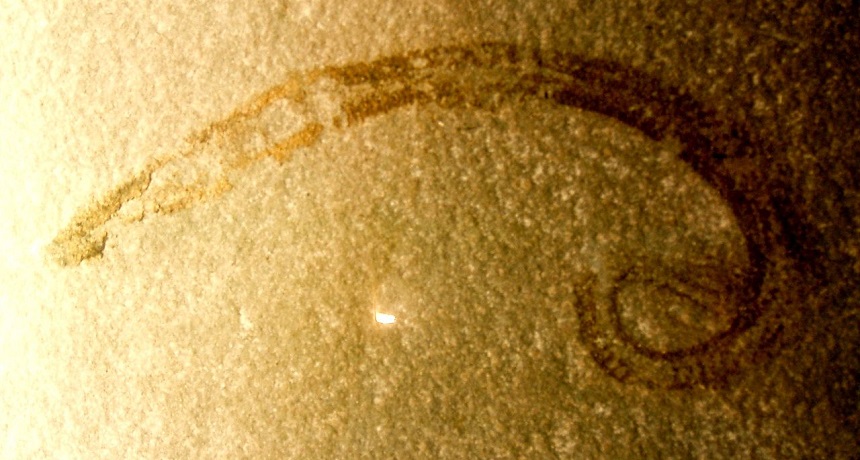Scientists Say: Nematode
These tiny worms cause disease in humans and plants, but also are important tools for scientists

This print in a rock is not a random curlicue, but a tiny fossilized nematode.
Ghedoghedo/Wikimedia Commons
These tiny worms cause disease in humans and plants, but also are important tools for scientists

This print in a rock is not a random curlicue, but a tiny fossilized nematode.
Ghedoghedo/Wikimedia Commons